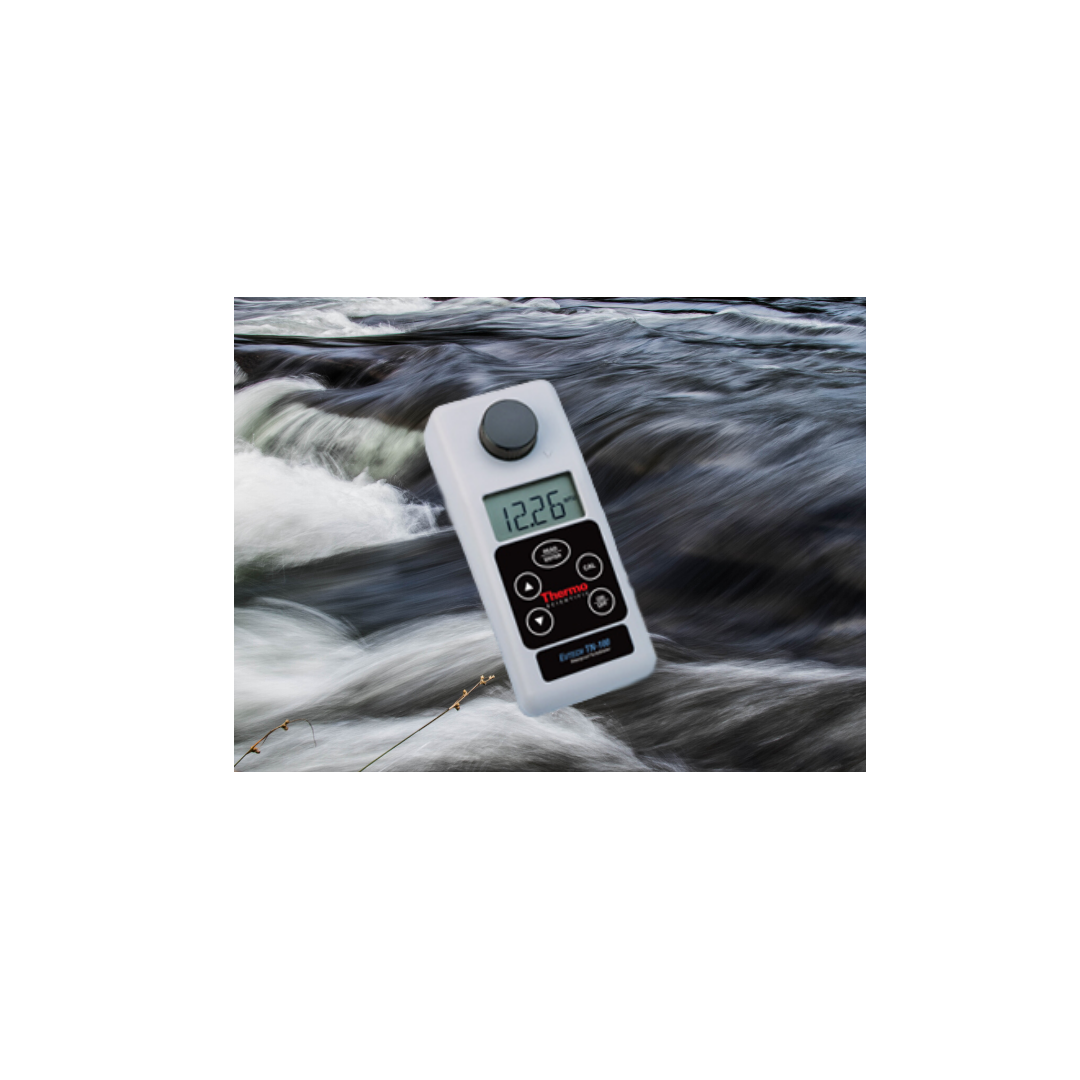Turbidity Meters measure the cloudiness of a liquid sample that is caused by suspended particles. While that's simple enough, finding the right Turbidity Meter for your requirements if often (please excuse the pun) muddied by the many measurement scales associated with these devices.
To help you better understand turbidity measurement units, we have outlined the critical difference between the most common units of measurement; the Nephelometric Turbidity Unit (NTU) and the Formazin Nephelometric Unit (FNU).
Why Measuring Turbidity Matters
As the haziness (or loss of transparency) of a fluid caused by the presence of suspended particles increases, so too does turbidity. For example, a glass of drinking water has low turbidity compared to a fast-flowing river, which can suspend more material.
Measuring turbidity is especially useful because there is a correlation between turbidity and water cleanliness or quality. In water bodies such as lakes and rivers, suspended solids within the water will obstruct the transmittance of light. Reduced light levels impact photosynthesis in aquatic plants, which also reduces dissolved oxygen levels. What's more, high volumes of waterborne solids absorb more light, increasing water temperature, and dissipating dissolved oxygen even further. Therefore, changes in turbidity affect water quality along with the plants and animals within those altered environments.
Differences in Turbidity Meter Design
Manufacturers of Turbidity Meters tackle the measurement of turbidity in different ways. However, two design differences stand out; the use of different light sources and alternative methods of measuring light as a beam passes through water.
Scatted Light Measurement:This type of Turbidity Meter passes light through the water sample at a given angle, to bounce it off suspended particles and measure any changes in light intensity. Higher levels of matter in a water column will create more scattered light and light intensity.
Attenuation Measurement: Meters that use this method measure the reduction in the strength of light as it passes through a water sample.
Light source: Standards in different industries require Turbidity Meters with specified light sources. You'll find Turbidity Meters that use either infrared light at 860nm (ISO 7027) or the visible light spectrum 600-400nm (US EPA 180.1).
NTU and FNU Measurement Units
Both the Nephelometric Turbidity Unit (NTU) and the Formazin Nephelometric Unit (FNU) scales measure turbidity by the scattered light method. Both units calibrate the intensity of scattered light at 90 degrees from an incident beam of light. However, you derive NTU measurements from a beam of white light, in line with US EPA 180.1, whereas FNU measures turbidity with an infrared light source, as required by ISO 7027, the European drinking water protocol. Table 1 (below) provides a straightforward comparison.
 Table 1 Comparison of NTU and FNU turbidity measurements by the wavelength
of the light source
Table 1 Comparison of NTU and FNU turbidity measurements by the wavelength
of the light source
Other Common Measurement Units
Formazine Turbidity Unit (FTU): FTU became the defined unit of measurement after the acceptance of Formazine as the primary reference standard for turbidity. FTU, as well as any measurement unit derived from, or that references FTU does not specify how a device measures turbidity in a water sample.
|
IC Tip: Please check the specifications of any Turbidity Meter that interests you. |
Formazine attenuation unit (FAU): Signifies an instrument that measures the decrease in transmitted light through the sample at an angle of 180 degrees to the incident light. This measurement scale not only measures scattered light but also light absorption and colour changes.
|
IC Tip: Take care when using turbidity data expressed in different units of measurement. The data from different units are not necessarily comparable! |
Conclusion
Different units of measurement employed by various makes and models of Turbidity Meters can lead to confusion. Before choosing a Turbidity Meter, you need a clear understanding of the form of data you wish to capture, and this often means compliance with a specified standard.
If you would like more detailed information about the different types of Turbidity Meter available, or should you need guidance as to which instrument is right for you, feel free to speak to an Instrument Choice scientist. We're here to help! Call 1300 737 871 or email customer-service@instrumentchoice.com.au.
